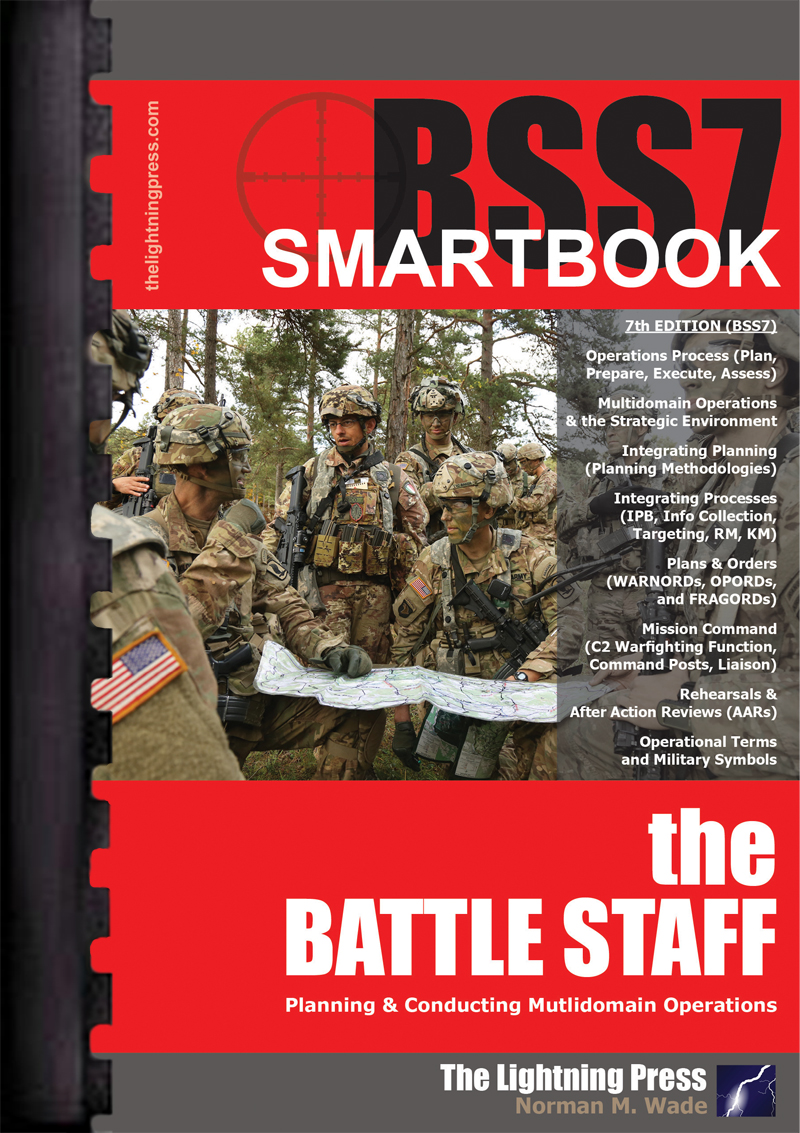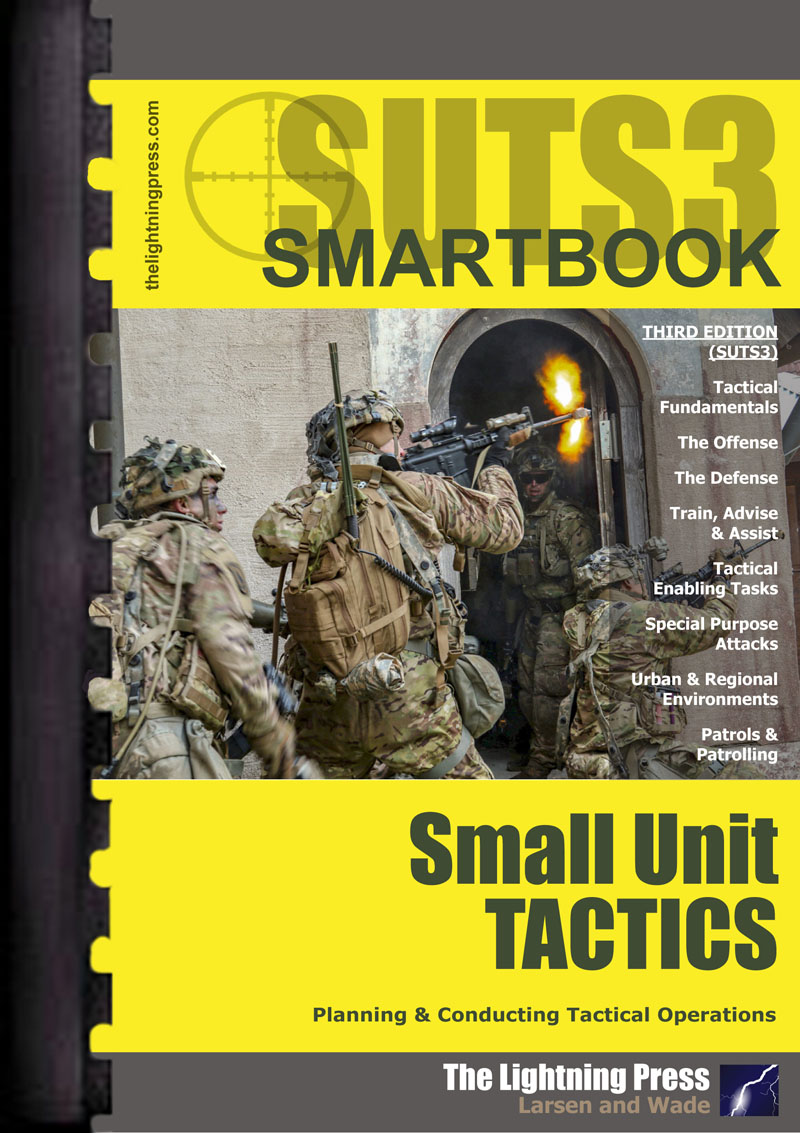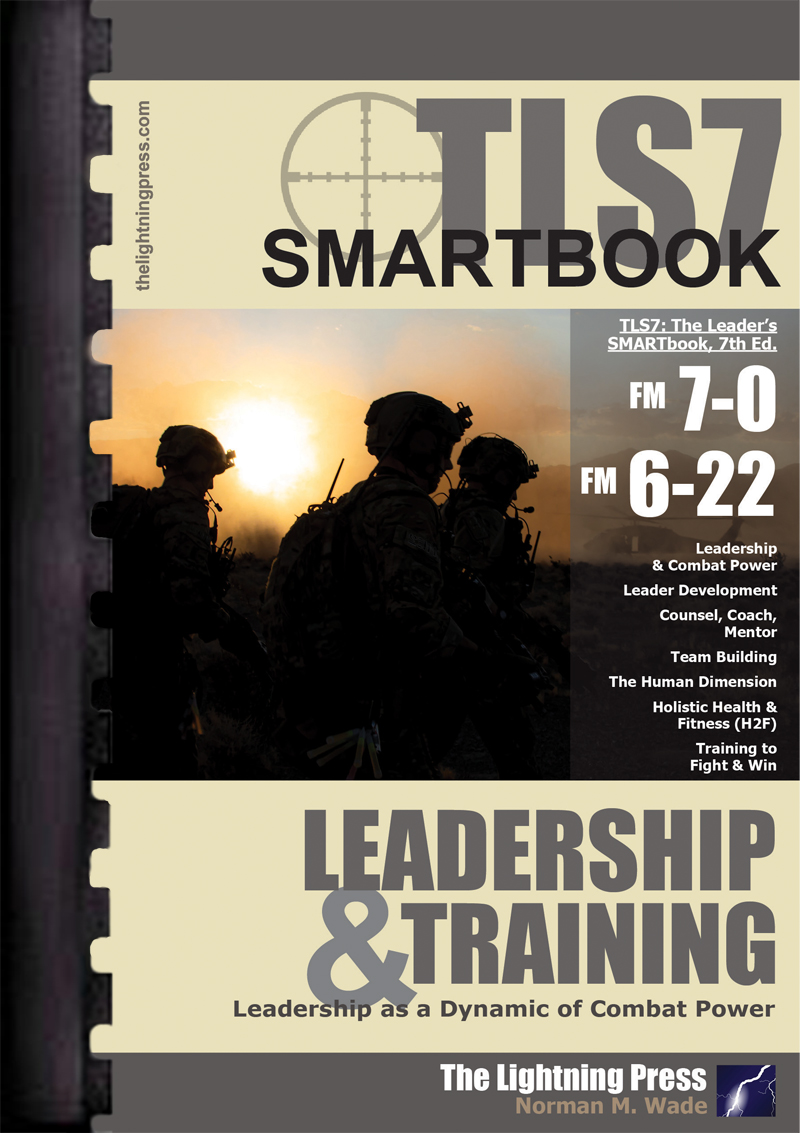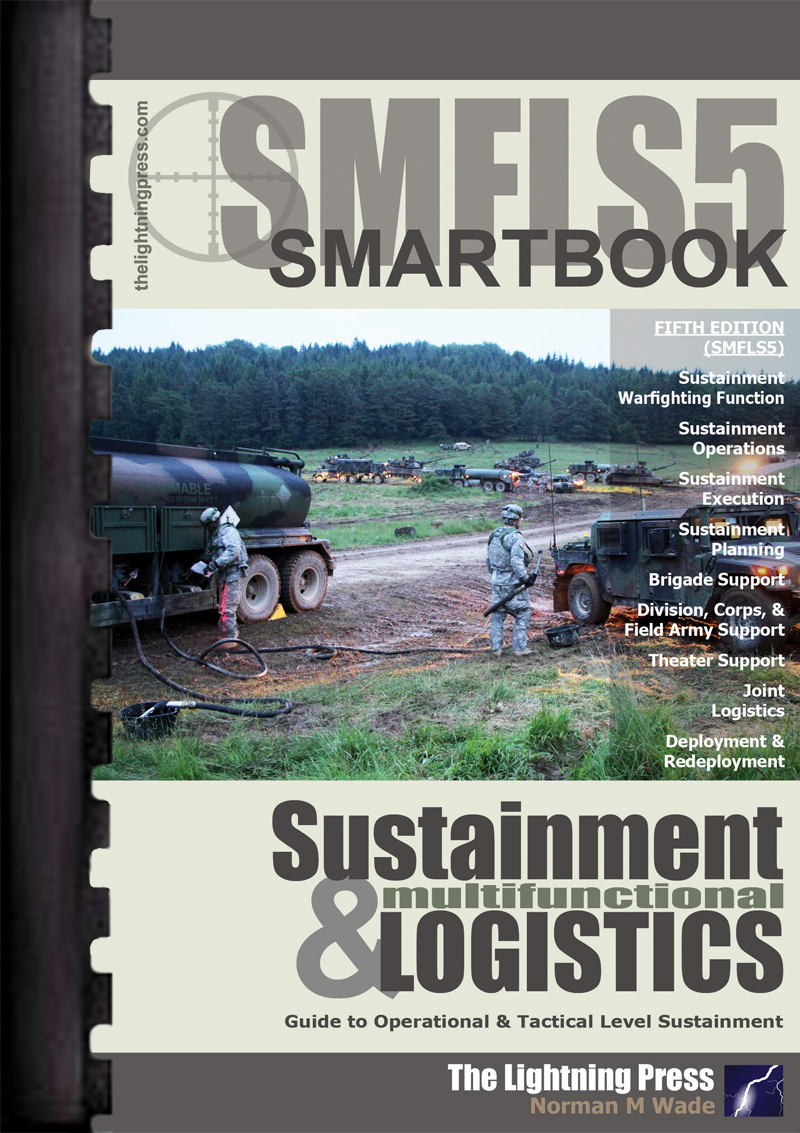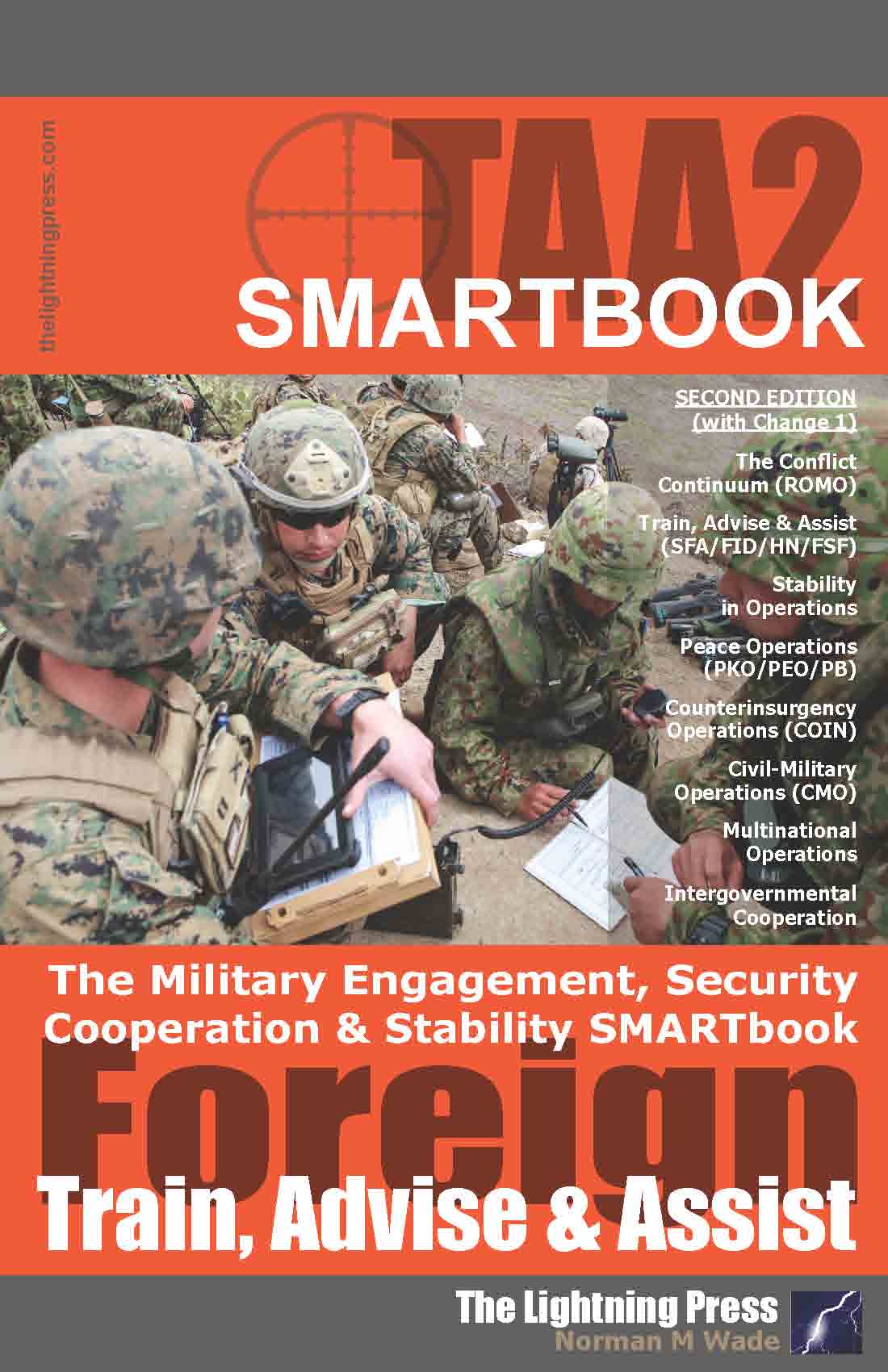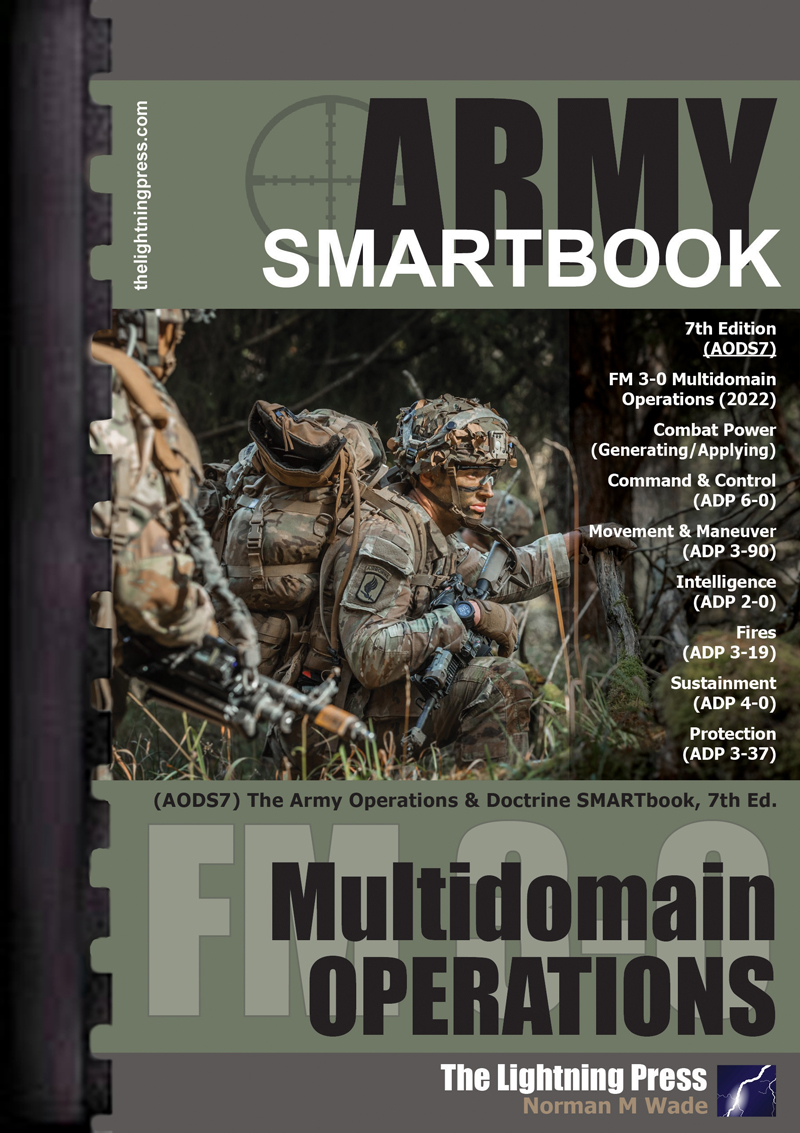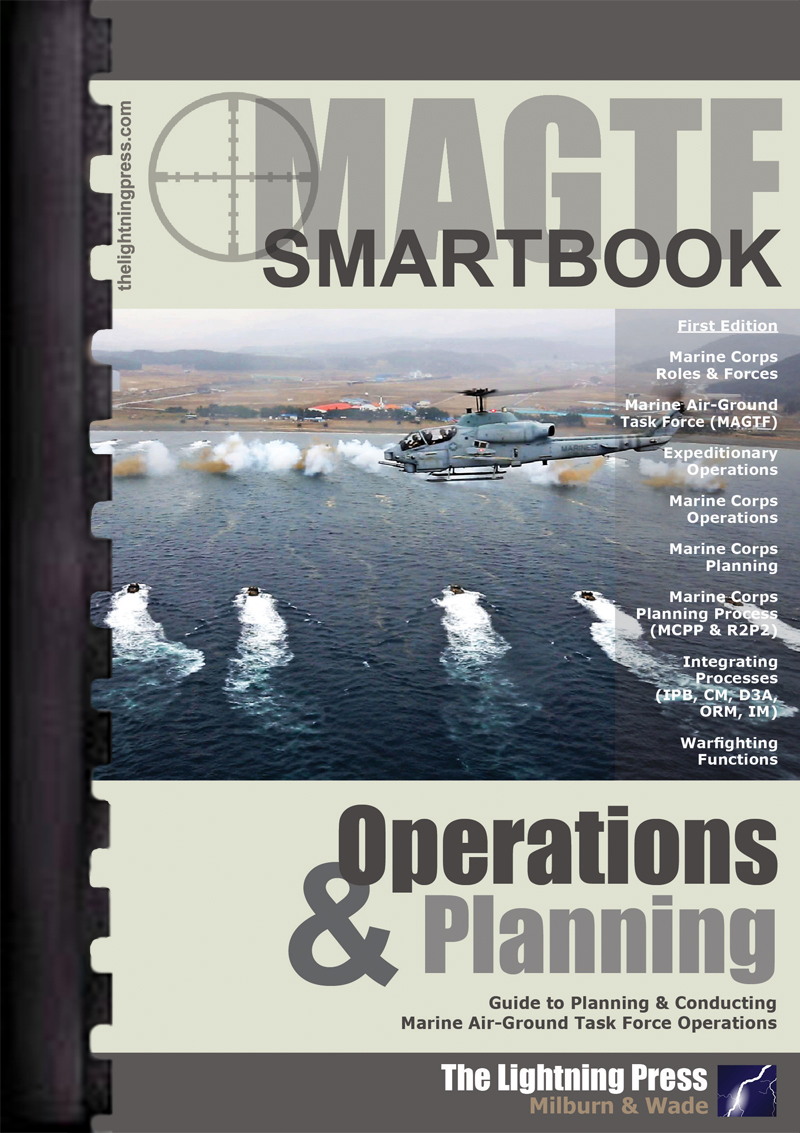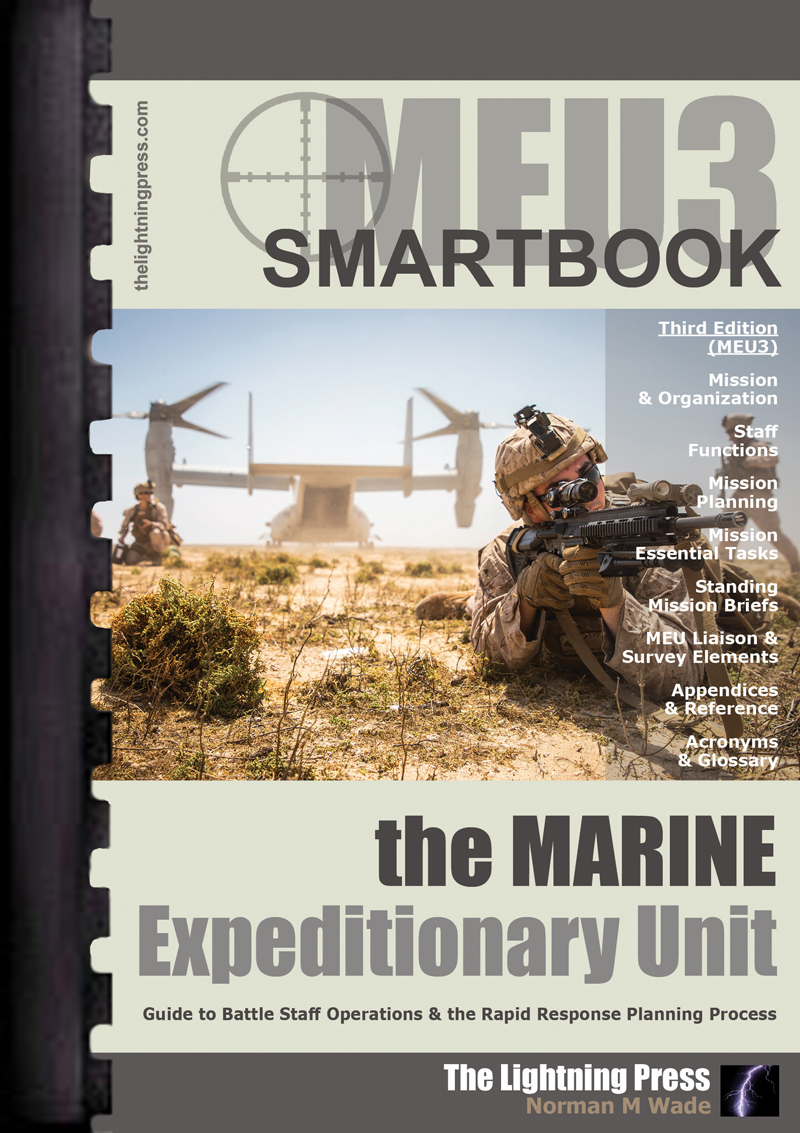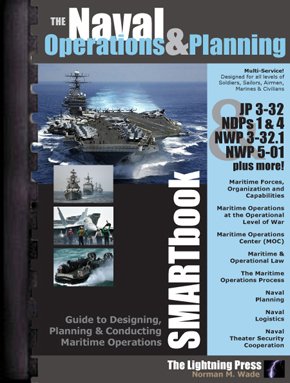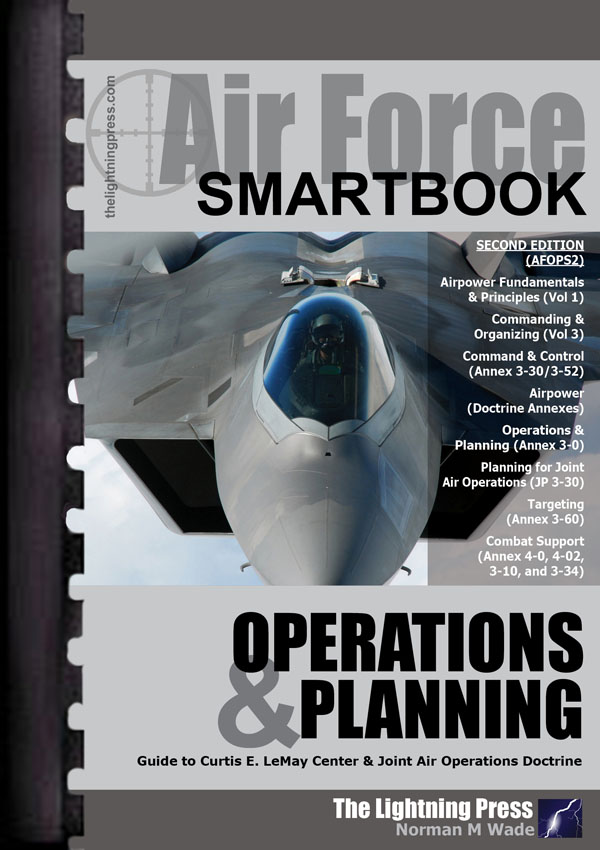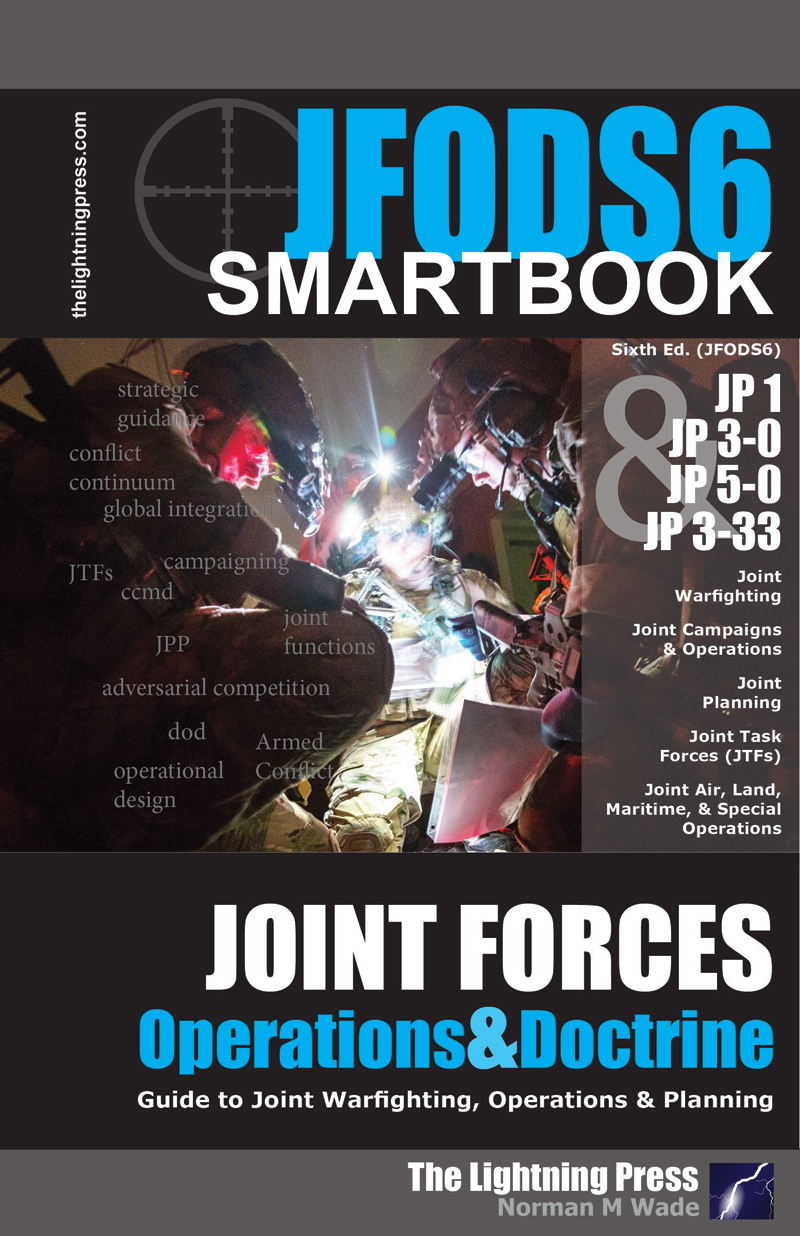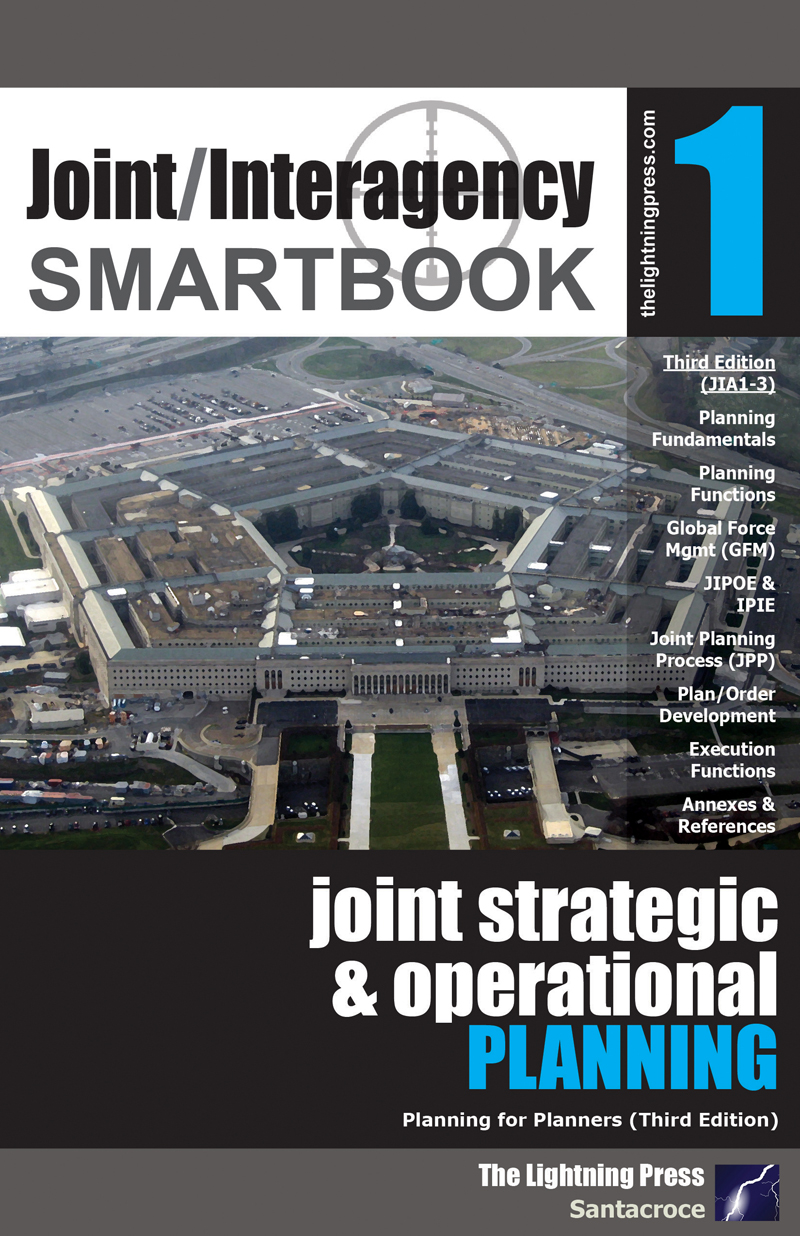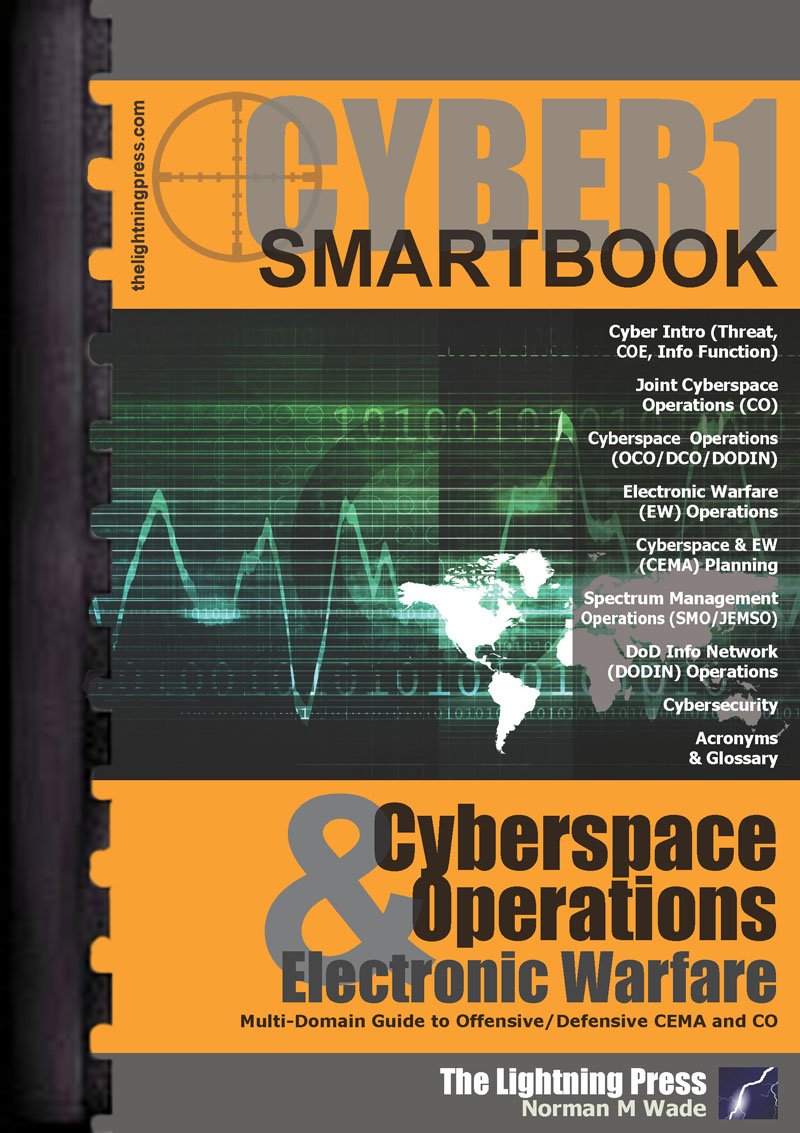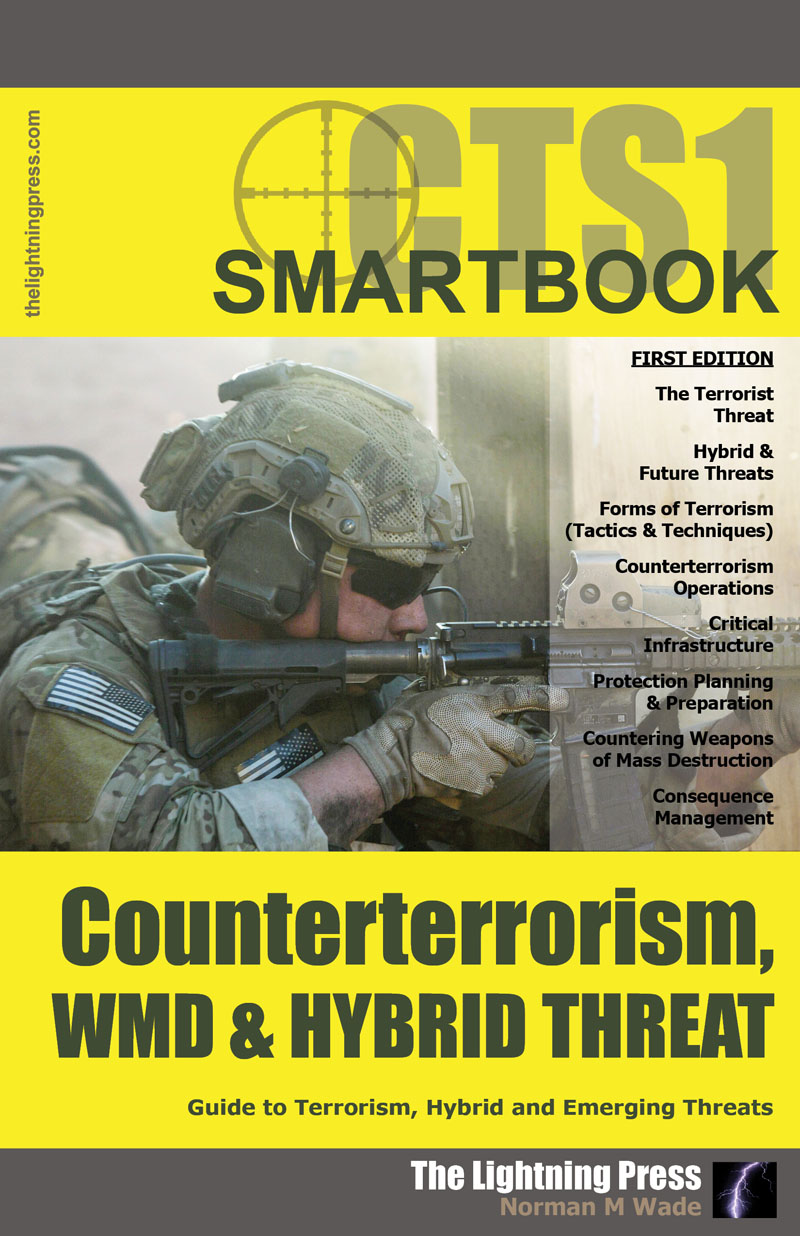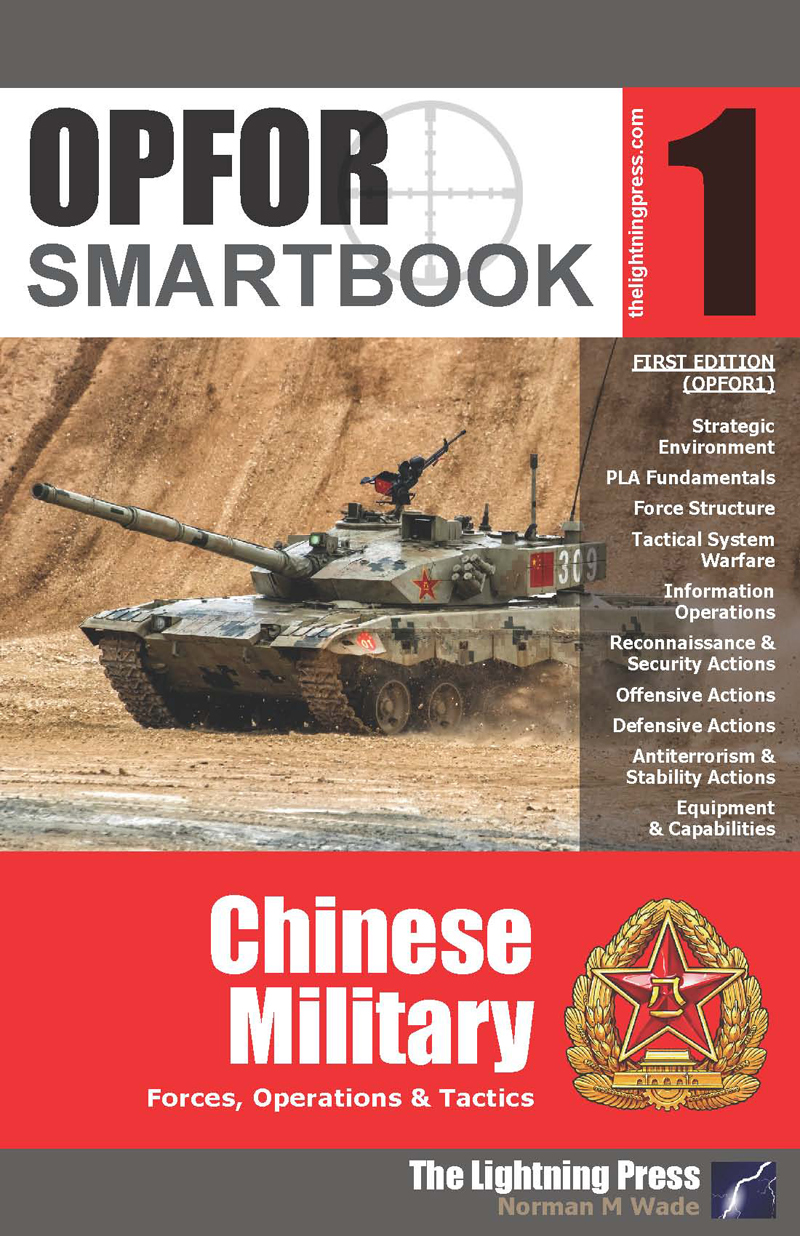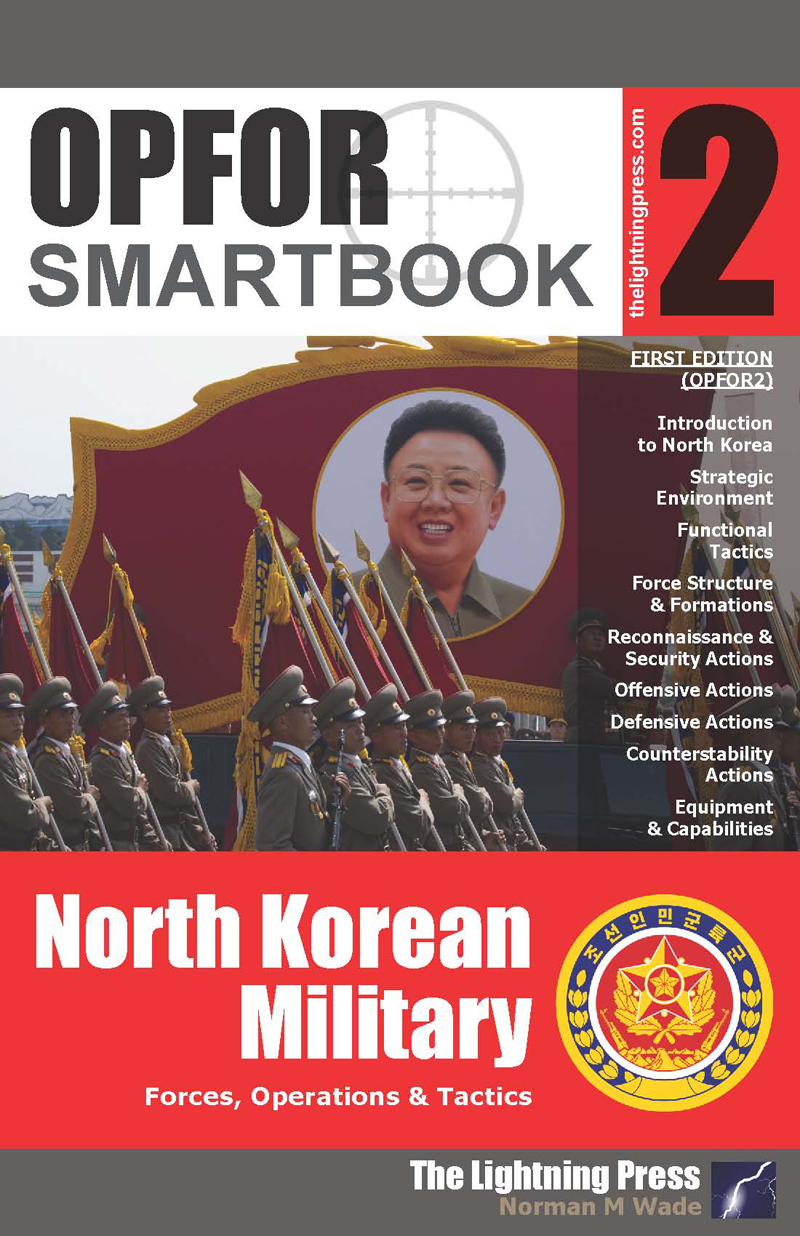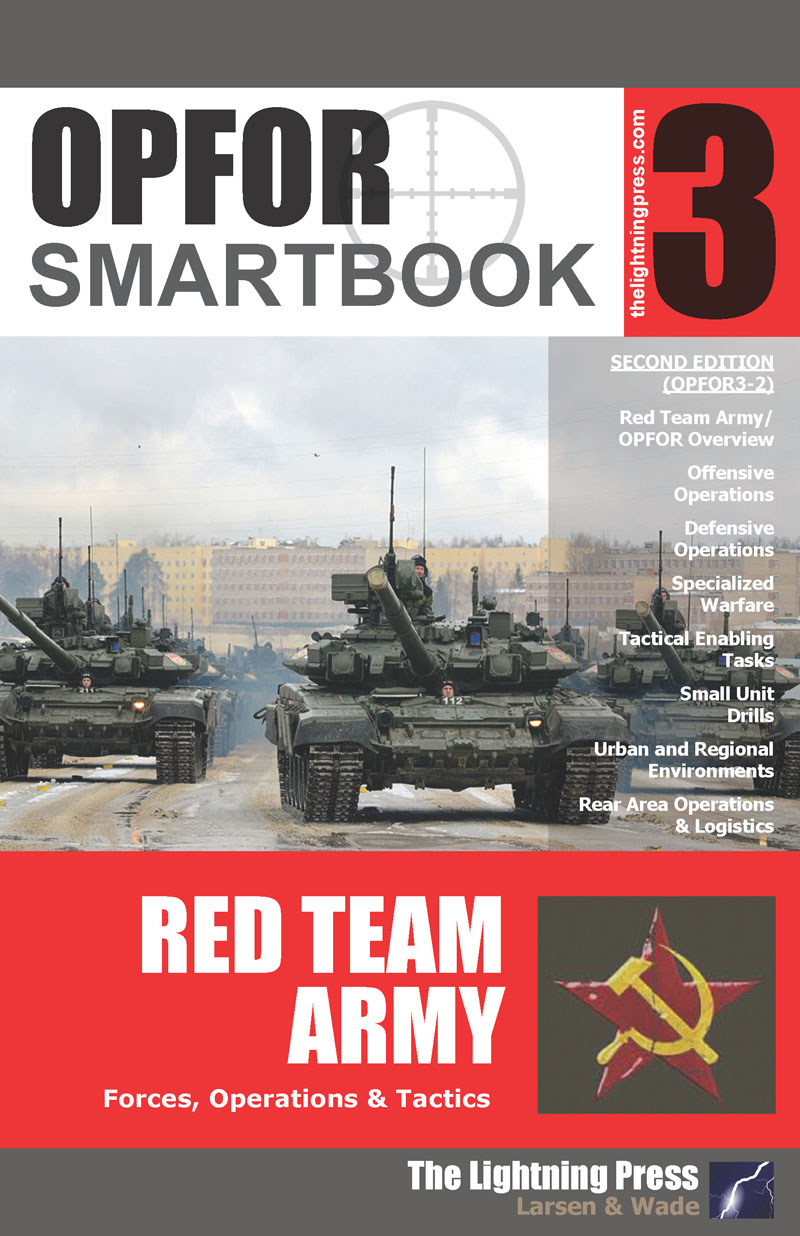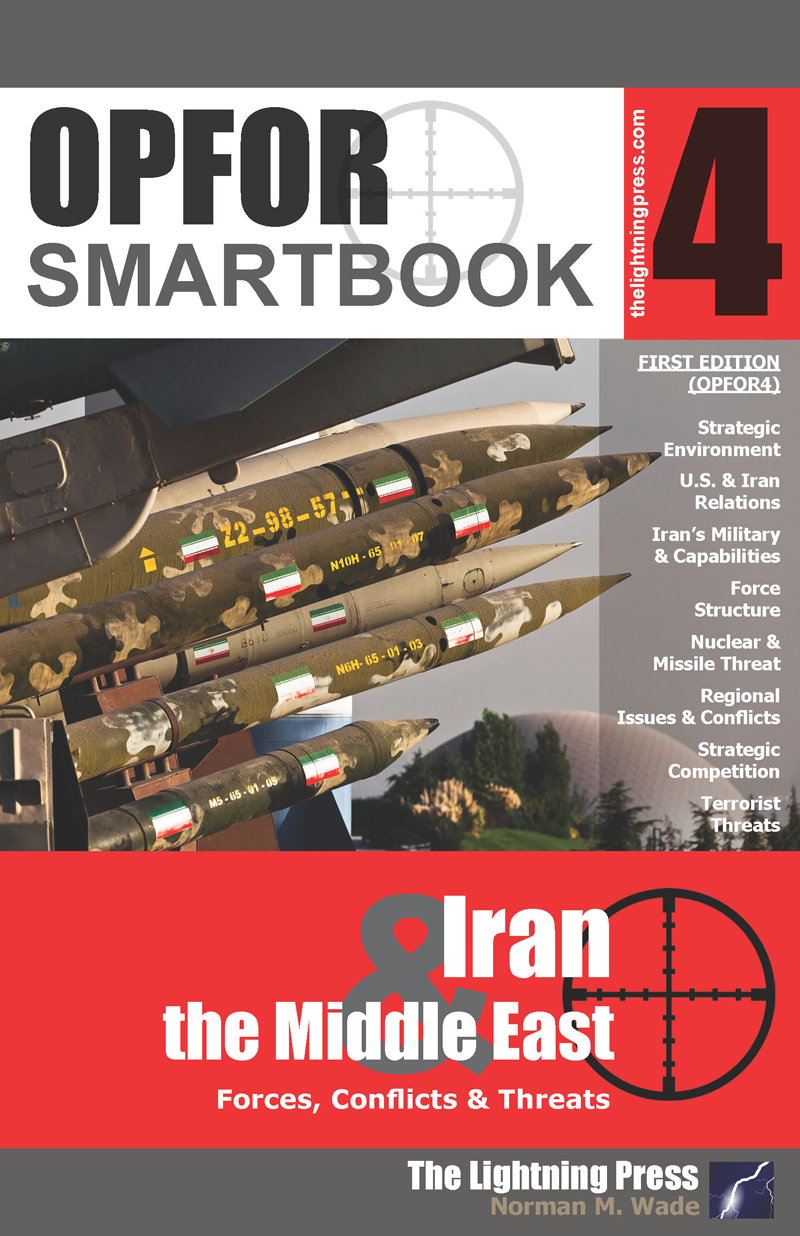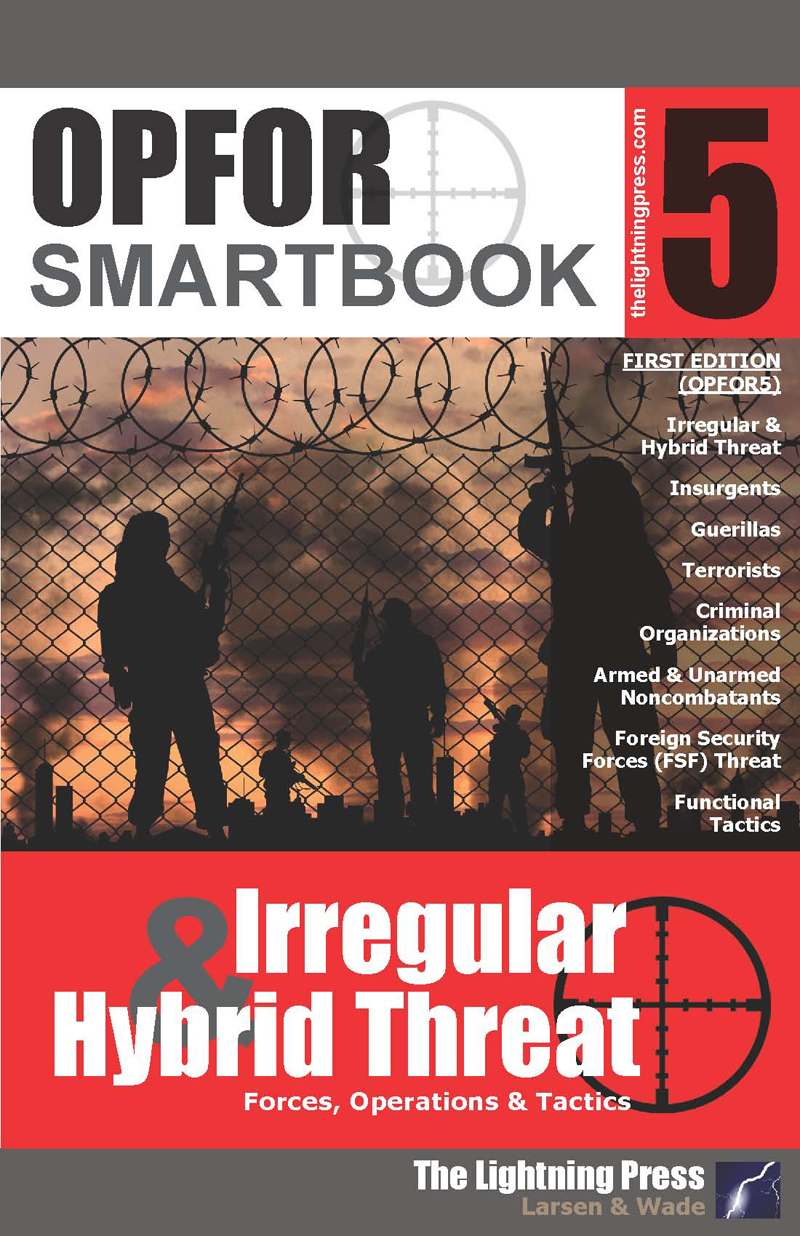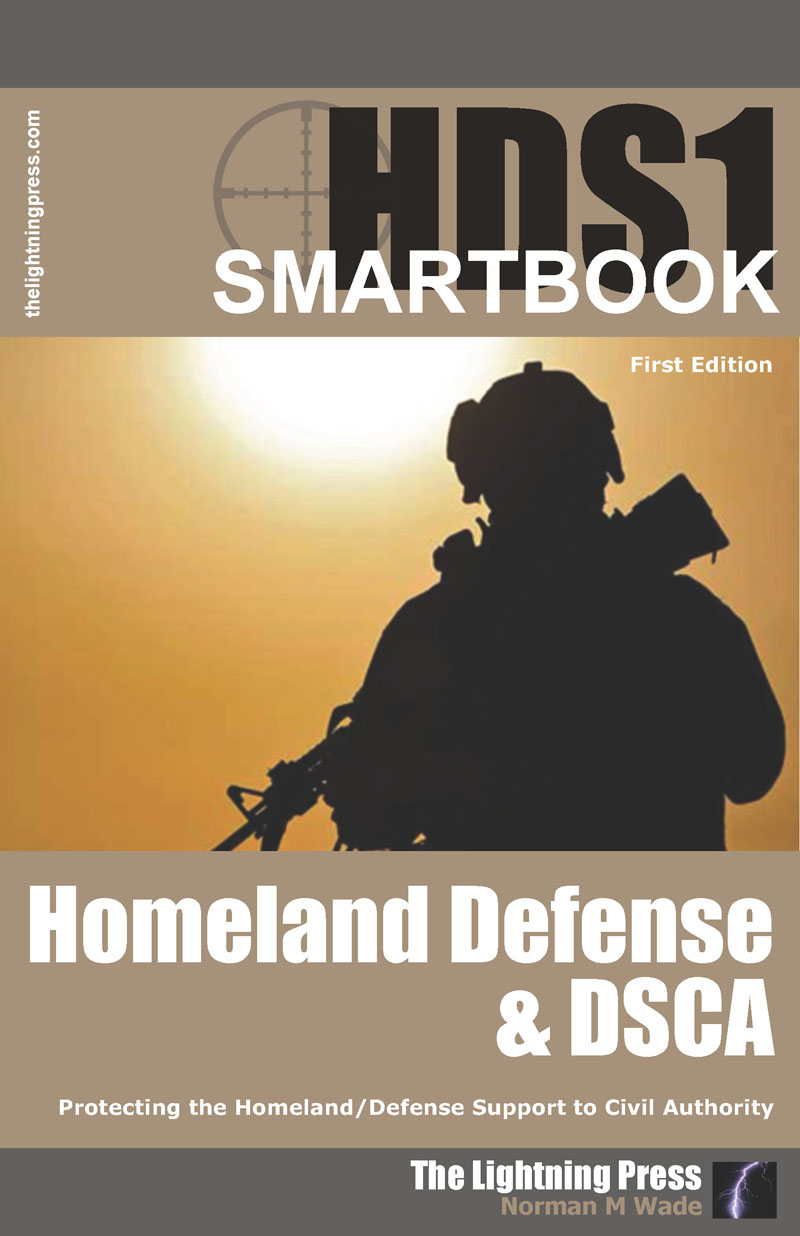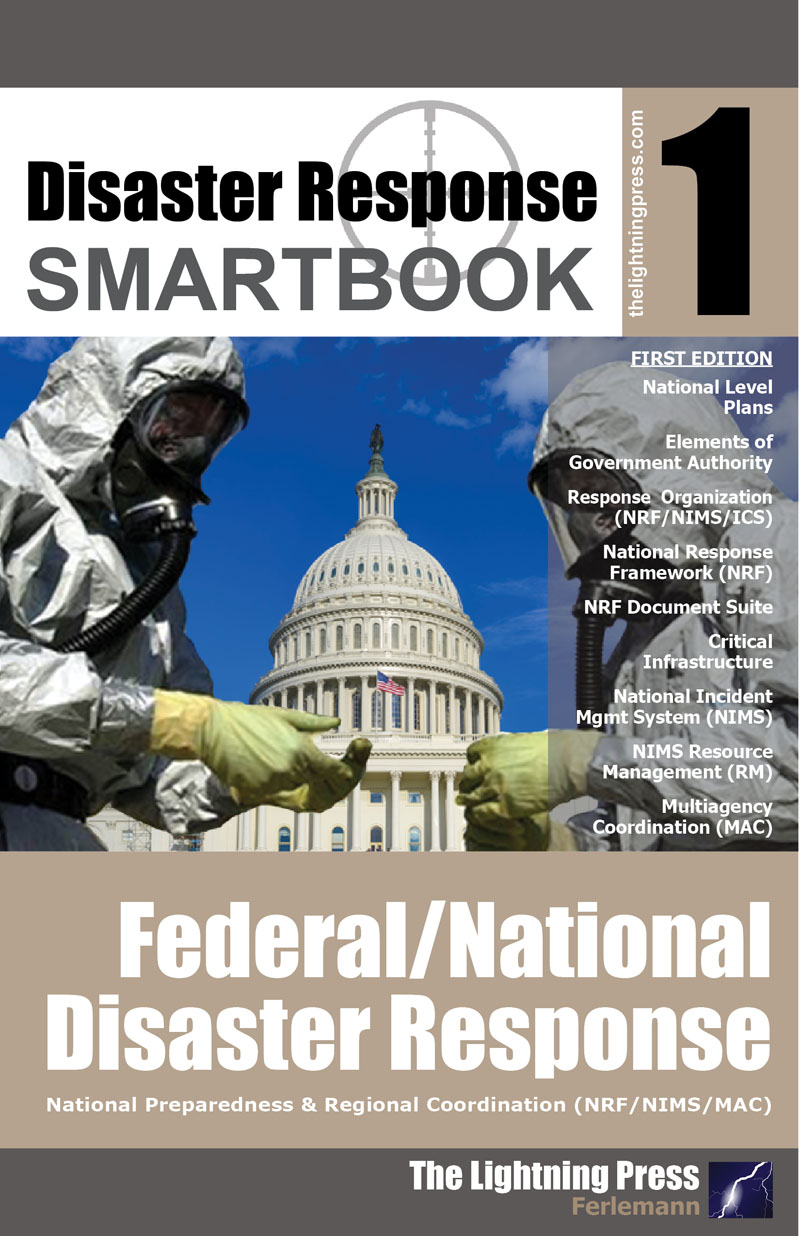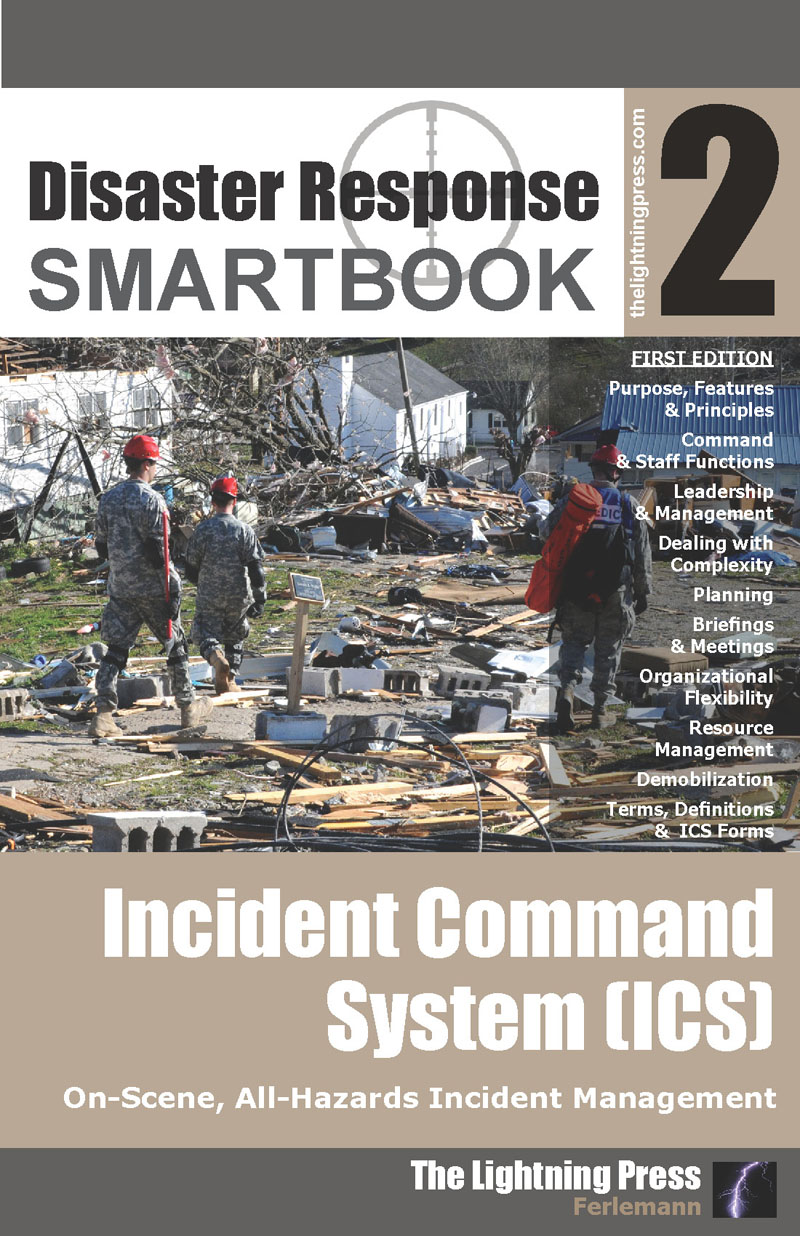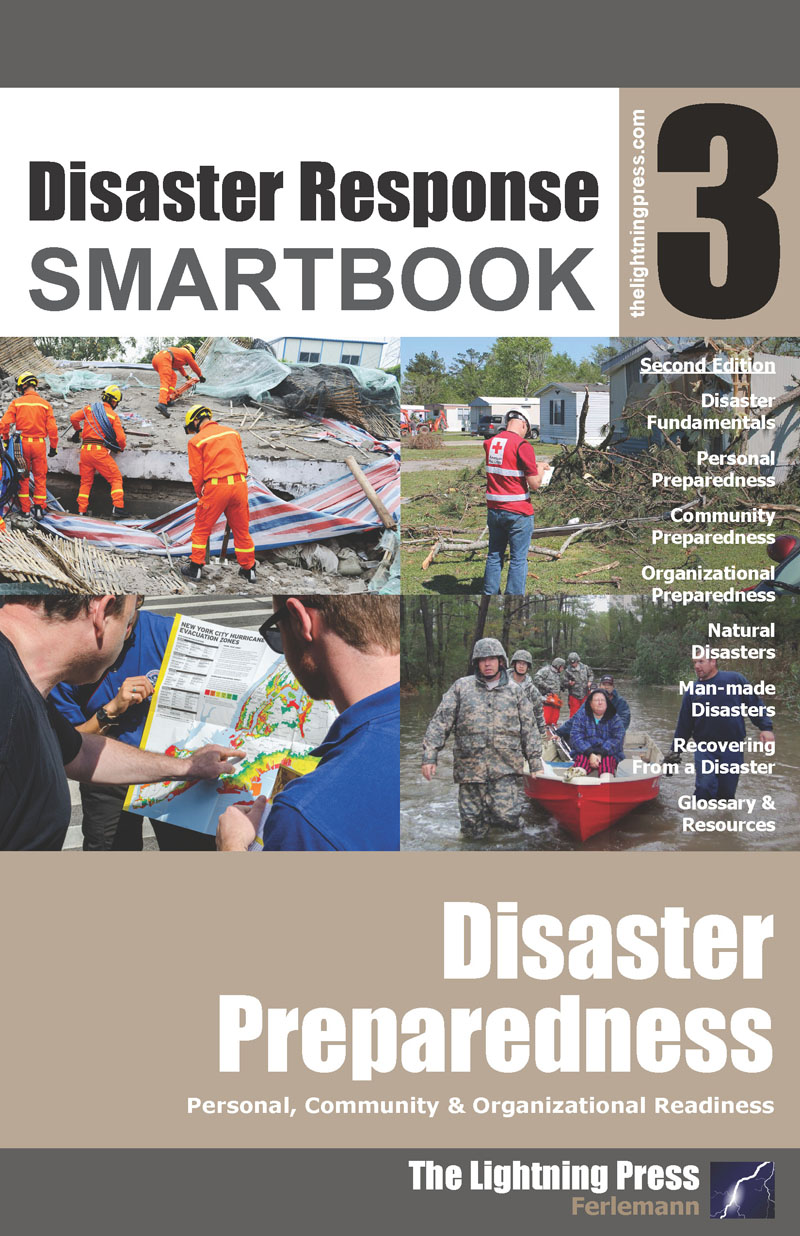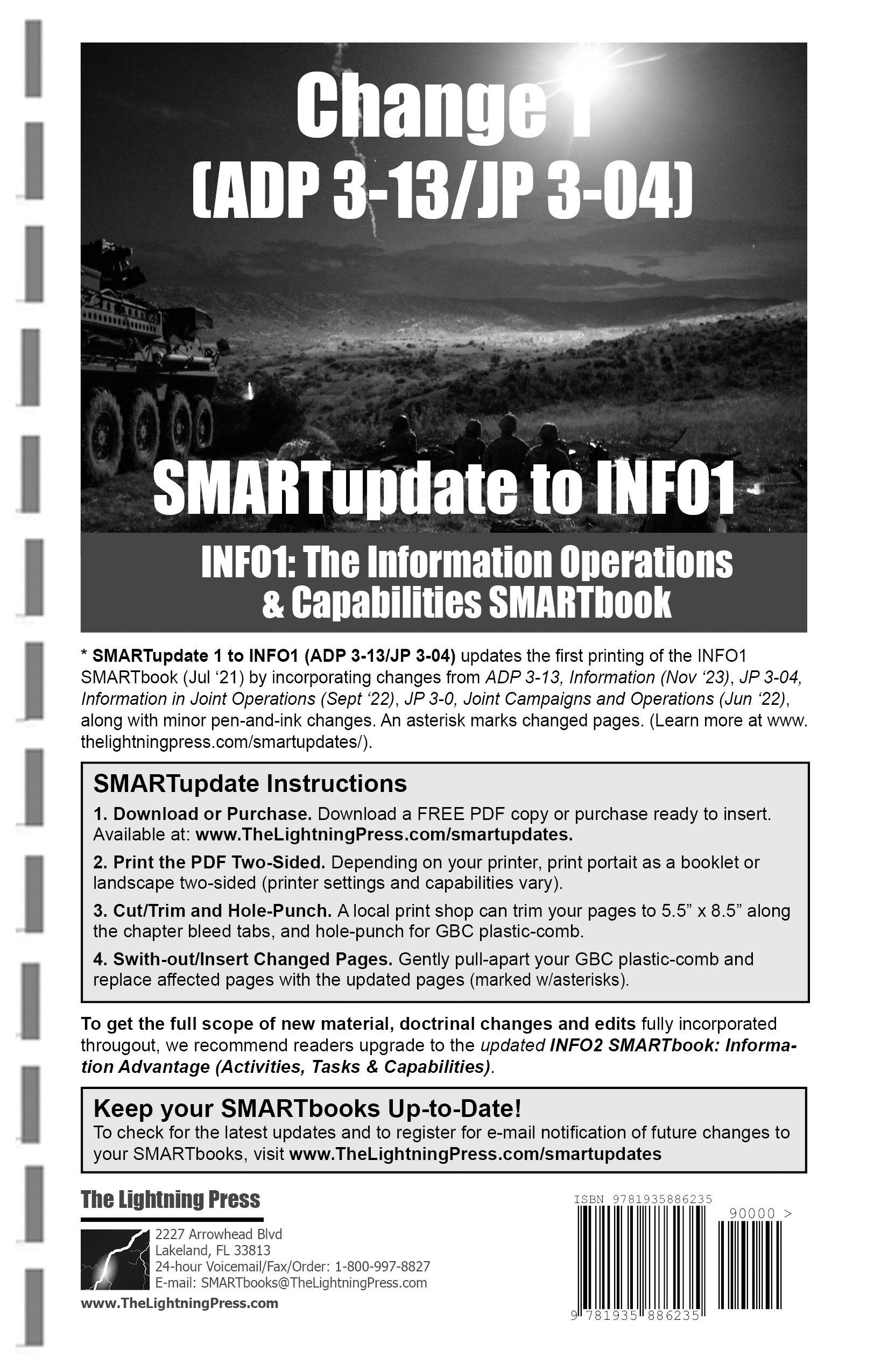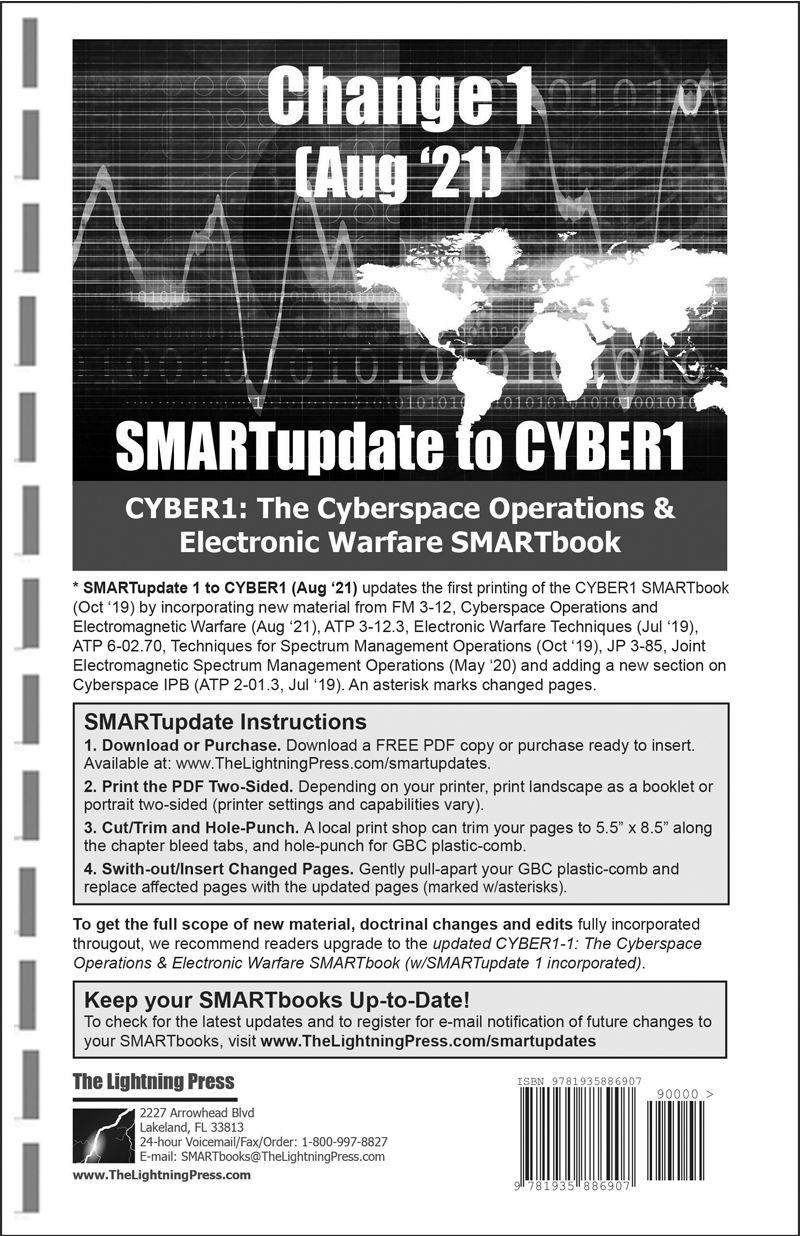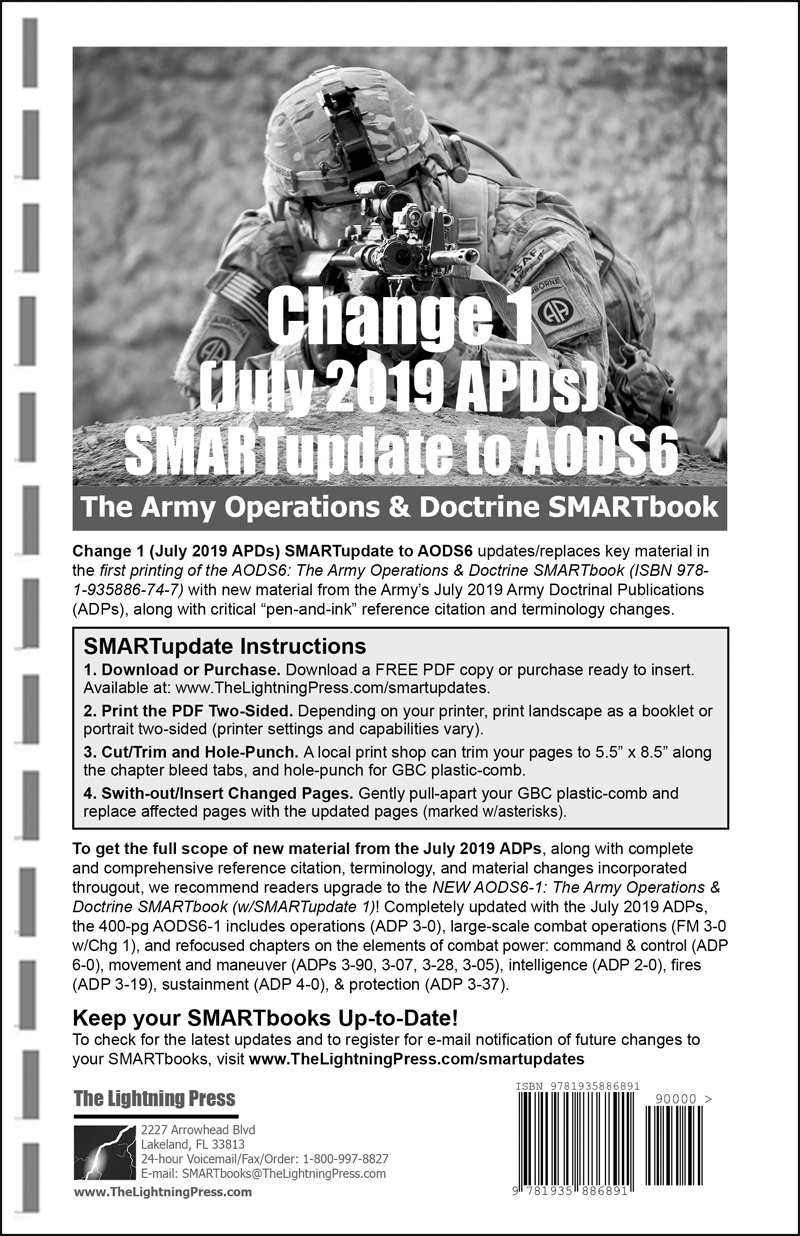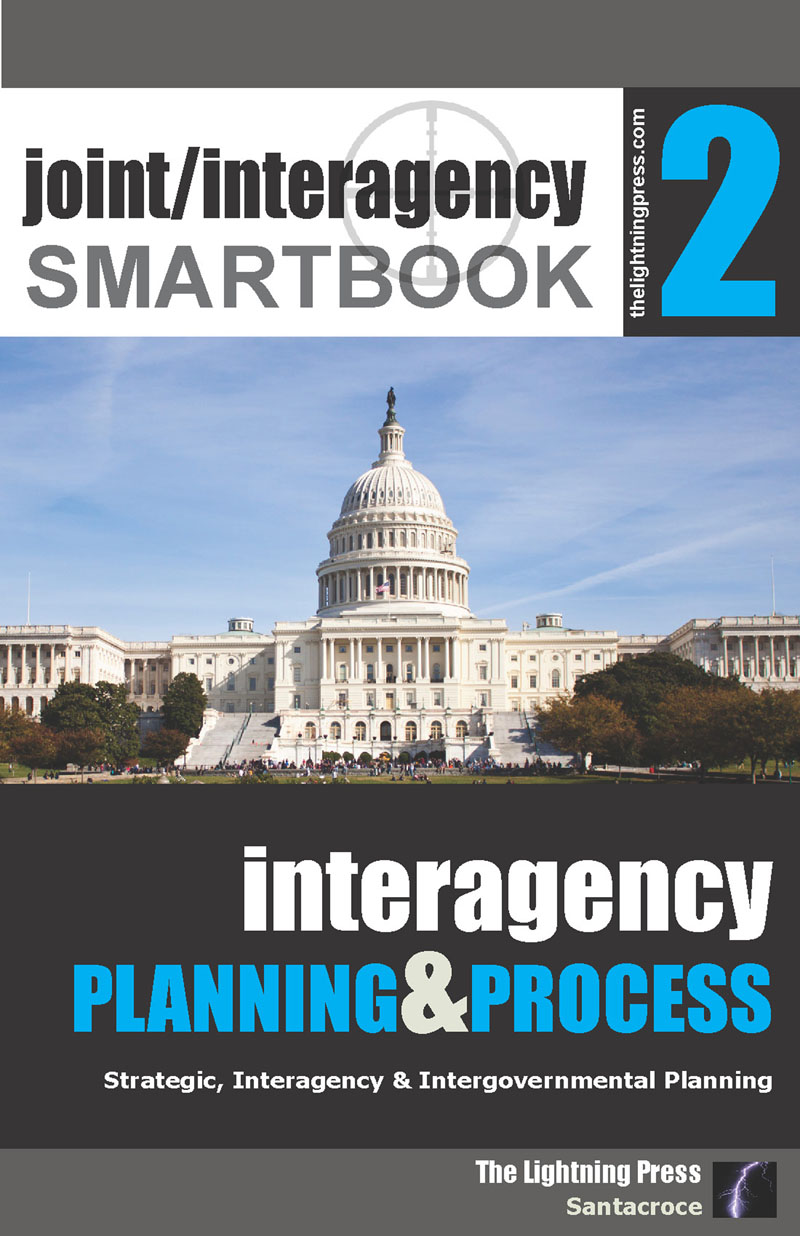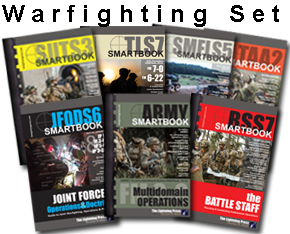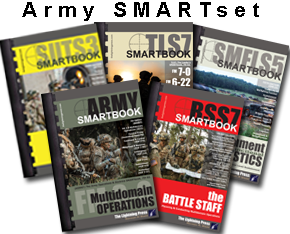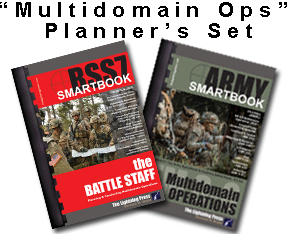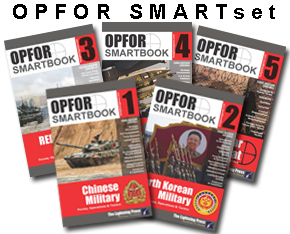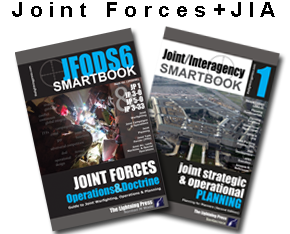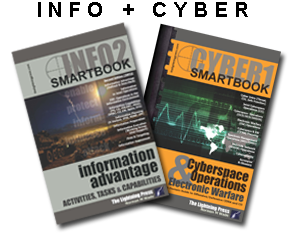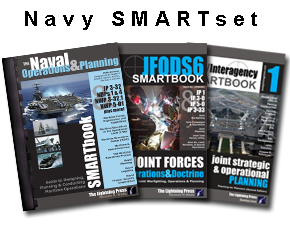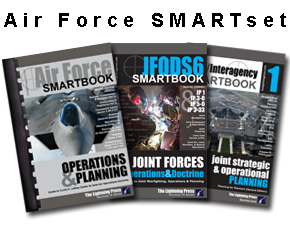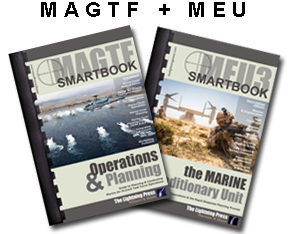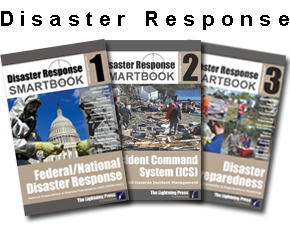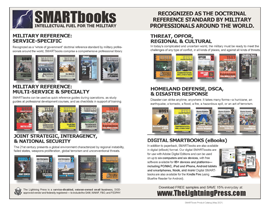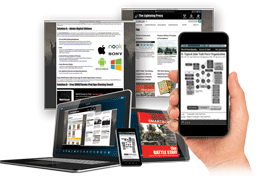The information advantage framework presents a framework for creating and exploiting information advantages. Within this framework, Army forces integrate all relevant military capabilities through the execution of five information activities (enable, protect, inform, influence, and attack).
An information activity is a collection of tasks linked by purpose to affect how humans and automated systems derive meaning from, use, and act upon, or are influenced by, information. Each information activity incorporates several tasks and subtasks from the warfighting functions to achieve a variety of friendly and threat-based objectives.

The enable and protect information activities increase the effectiveness of the friendly decision cycle as shown in Figure 2-3. The influence and attack information activities decrease the effectiveness of the threat’s decision cycle. The inform information activity can increase the effectiveness of the friendly decision cycle while decreasing the effectiveness of the threat’s decision cycle. The combined effects of enhancing the friendly decision cycle while degrading the threat’s create a significant advantage for Army forces.
Information activities are interdependent. For example, both the protect and inform information activities help protect the force from malign influence. Guided by the principles of information advantage, Army leaders plan, prepare, execute, and assess information activities as part of the operations process.
I. Enable (See pp. 1-21 to 1-28.)
The enable information activity includes tasks that enhance friendly C2. The focus of this activity is to improve situational understanding, decision making, and communications. Throughout operations, Army forces collect, process, and analyze information to develop situational understanding that, in turn, facilitates effective decision making. Leaders then communicate their decisions to subordinates and direct actions. Based on feedback and assessment of the situation, Army leaders adjust operations as required. The network provides the backbone for exchanging data and information, enabling shared understanding and enhancing the exercise of C2 of Army forces. While all warfighting functions enhance the exercise of C2, the C2 and intelligence warfighting functions are the largest contributors. The C2 warfighting function tasks and system (people, processes, networks, and command posts) enable commanders to command forces and control operations. The tasks and systems in the intelligence warfighting function enable the exercise of C2 by facilitating the understanding of enemy, terrain, weather, civil considerations, and other aspects of an OE.
II. Protect (See pp. 1-29 to 1-34.)
The protect information activity includes tasks that secure friendly data, information, and networks. This activity focuses on denying threat access to friendly data and information while preserving friendly communications capabilities. Preventing threat access to friendly data and information not only protects the friendly force but hinders the threat’s ability to accurately understand situations and make effective decisions. Defending friendly data, information, and networks enables friendly decision making and ensures functional communications. The protection and movement and maneuver warfighting functions are the largest contributors to the protect information activity.
III. Inform (See pp. 1-35 to 1-44.)
The inform information activity includes tasks that foster informed perceptions of military operations and activities among various audiences. The focus of this activity is to maintain the trust and confidence of internal (members of the U.S. Army, Army Civilians, contractors, and their family members) and external audiences (U.S. domestic and international audiences). The proactive release of accurate information to Army, domestic, and international audiences puts operations in context, facilitates informed perceptions about the Army, increases friendly force resiliency, and undermines threat disinformation activities. The C2 and intelligence warfighting functions are primary contributors to the inform information activity.
IV. Influence (See pp. 1-45 to 1-48.)
The influence information activity includes tasks that affect the thinking and ultimately the behavior of threats and other foreign audiences. This activity focuses on reinforcing or changing how individuals and groups think, feel, and act in support of objectives. Army forces influence threats to decrease combat effectiveness, erode unit cohesion, diminish morale and will, and deceive threat forces about friendly intent. Influence efforts toward other foreign audiences range from strengthening mutual support to discouraging an audience’s support for an adversary or enemy. The inherent informational aspects of all warfighting functions contribute to influencing threats and other foreign audiences.
V. Attack (See pp. 1-49 to 1-54.)
The attack information activity includes tasks that affect the threat’s ability to exercise C2. The focus of this activity is to affect threat data and the threat’s physical capabilities used to communicate and conduct information warfare. This includes the data and communications between automated systems such as the communications between radars, fire control systems, and firing systems.
Threat C2 nodes (command posts, signal centers, networks, and information systems) and sensors (surveillance, target acquisition, and radars) are often high-payoff targets for Army forces. As part of the scheme of fires, Army forces attack these targets using physical destruction, electromagnetic attack, and offensive cyberspace operations to hinder the threat’s C2 abilities. Army forces also attack threat data, information, and physical capabilities used to exchange data and information. Informed by intelligence, the fires and movement and maneuver warfighting functions are the primary contributors.
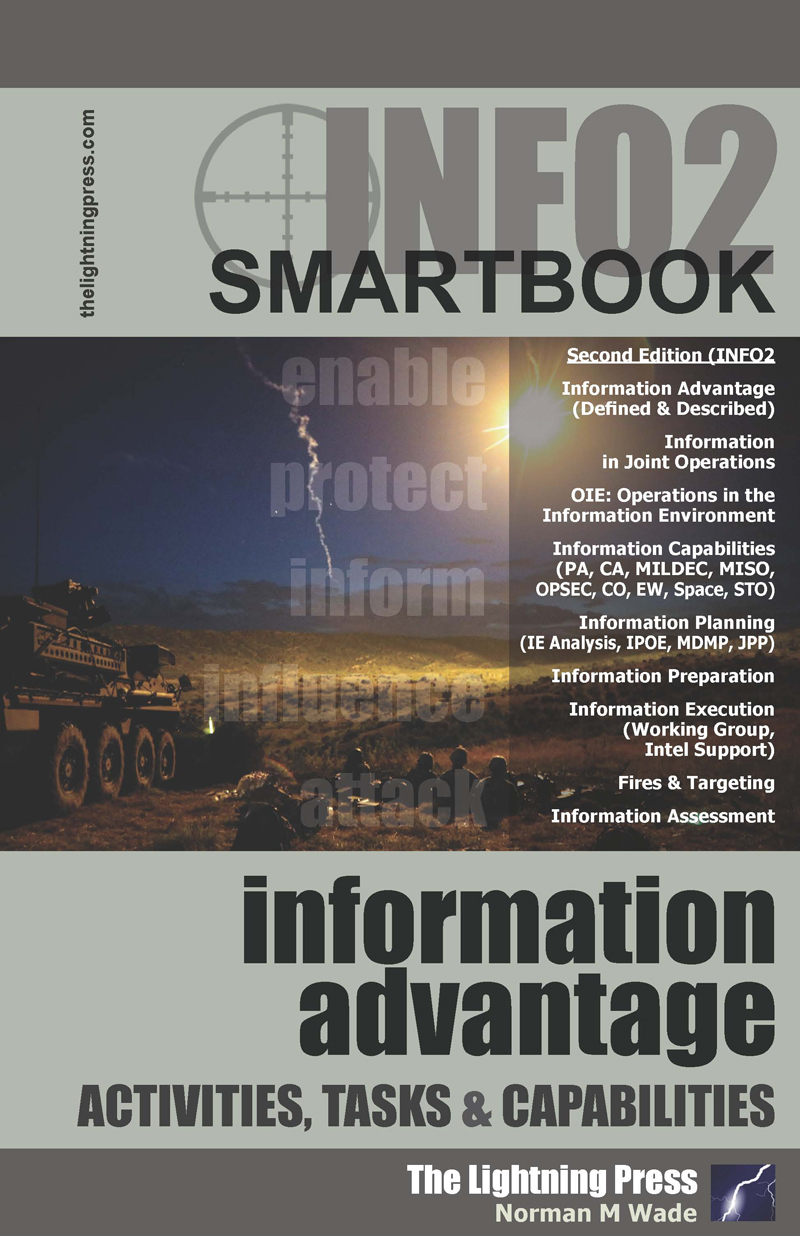 This article is an extract from "INFO2 SMARTbook: Information Advantage (Activities, Tasks & Capabilities)" by The Lightning Press. Download a free PDF sample and learn more at: INFO2 SMARTbook: Information Advantage (Activities, Tasks & Capabilities).
This article is an extract from "INFO2 SMARTbook: Information Advantage (Activities, Tasks & Capabilities)" by The Lightning Press. Download a free PDF sample and learn more at: INFO2 SMARTbook: Information Advantage (Activities, Tasks & Capabilities).
Browse additional military doctrine articles in our SMARTnews Blog & Resource Center.
About The Lightning Press SMARTbooks. Recognized as a “whole of government” doctrinal reference standard by military, national security and government professionals around the world, SMARTbooks comprise a comprehensive professional library. SMARTbooks can be used as quick reference guides during operations, as study guides at education and professional development courses, and as lesson plans and checklists in support of training. Browse our collection of Military Reference SMARTbooks to learn more.

